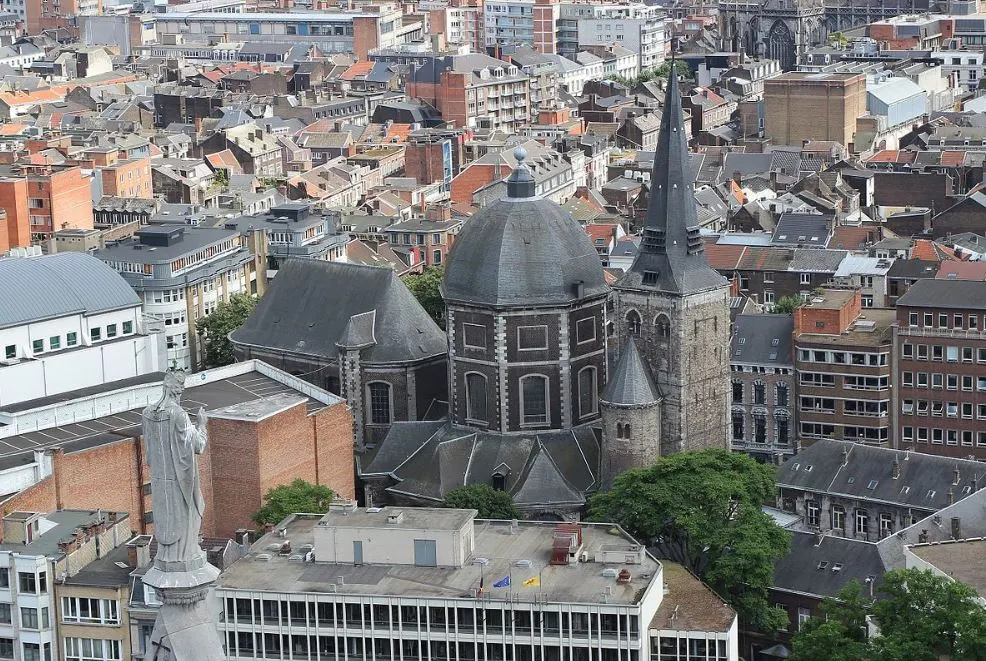Liège is a major city in the Wallonia region of Belgium and is located on the confluence of the Ourthe and Meuse Rivers.
Its location in the valley of the Meuse River means plenty of picturesque spots overlook the city on the river banks.
Belgium is a pretty small country and the city is located near the borders of the Netherlands and Germany which makes it easy to visit.
The history of the city goes back to Roman times but wasn’t mentioned for the first time until 558 A.D. During the Middle Ages, Liège was heavily fortified and attacked numerous times over the centuries.
In modern times, the city was part of the industrial backbone of the Wallonia region and this still reflects in the large factory buildings and working-class neighborhoods.
The architecture in the city encompasses a wide range of styles, and in this article, we’ll take a closer look at some of the most famous buildings in Liège.
1. Liège-Guillemins Railway Station
Liège-Guillemins is probably the railway station that you’ll arrive at when you plan to visit Liège. This incredible structure replaced several former train stations in this location and was opened in 2009. It finally replaced the rather ugly International style building that stood here before.
This modern structure was designed by renowned Spanish architect Santiago Calatrava and had a whopping price tag of €312 million attached to it. The building is dominated by a massive arch that is 160 meters (520 feet) long and 32 meters (105 feet) high. That’s quite an amazing place to start your journey in the city, don’t you think?
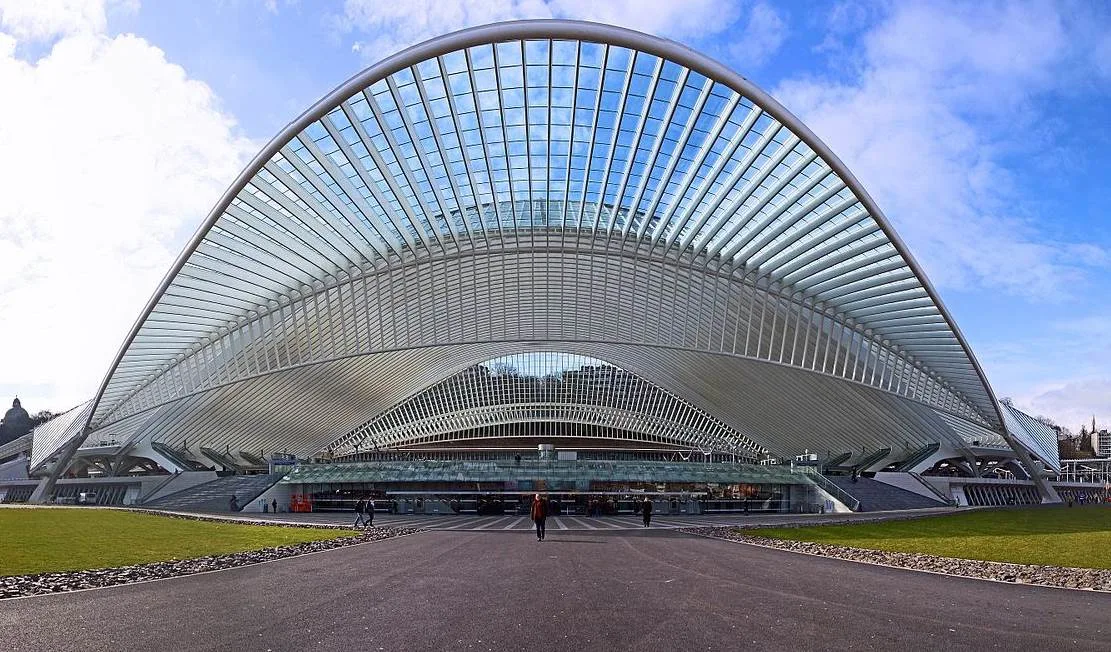
2. Prince-Bishops’ Palace
The Prince-Bishops’ Palace is a huge structure that faces the Place Saint-Lambert, the most famous square in the heart of the city. This opulent palace once served as the official residence of the Prince-Bishops of Liège and it reflects the status of this former principality of the Holy Roman Empire.

Before the French Revolution, this palace faced the colossal Cathedral of Saint-Lambert, a Gothic cathedral that was demolished and occupied the location of the square. The palace is the third building in this location which was once occupied by the medieval fortification of Liège.

3. Montagne de Bueren
Liège has had a very turbulent history because of its strategic location. The city has been attacked and besieged many times. The people of Liège rebelled multiple times against the Burgundian rule and one of these events in the 15th century didn’t end so well for the so-called “Six hundred Franchimontois.”
600 soldiers attacked the besieged Burgundian army to capture Duke Charles the Bold and King Louis XI. This failed and all 600 were killed, including a man named Vincent de Bueren. The Montagne de Bueren is a massive staircase that features 374 steps and it was dedicated to the 600 people who lost their lives during this event.
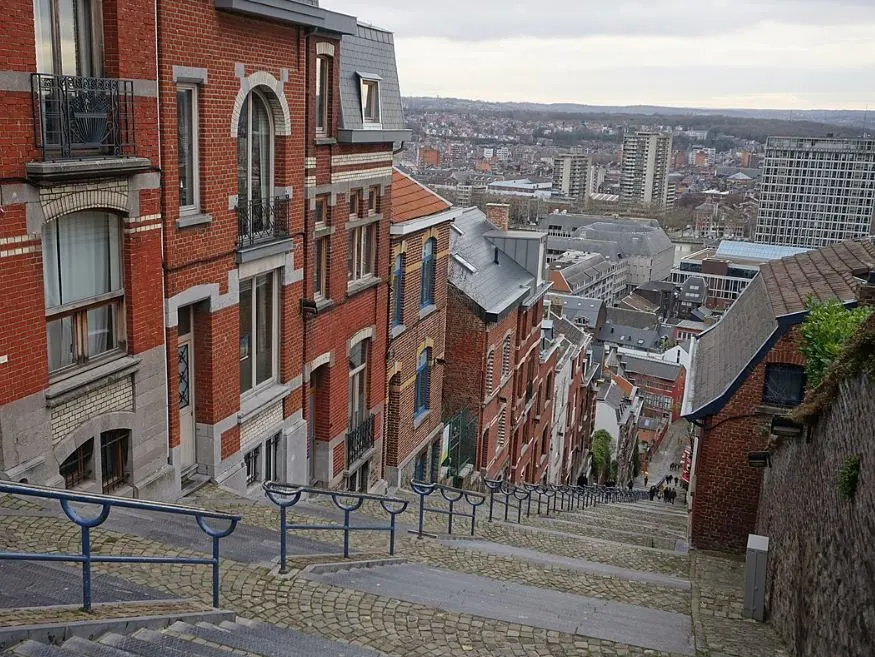
4. Liège Cathedral
Liège Cathedral or “St. Paul’s Cathedral, Liège,” is the main cathedral in the city and the seat of the city’s Diocese. It has a history that goes back to the 10th century but the current structure was completed between the 13th and 15th centuries, largely in the French Gothic architectural style.
It wasn’t always the main cathedral in the city because it only received this status after St. Lambert’s Cathedral was destroyed during the French Revolution. The most notable features of this building in Liège are the pointy spires and the 14th-century apse which is a great example of the Rayonnant style.
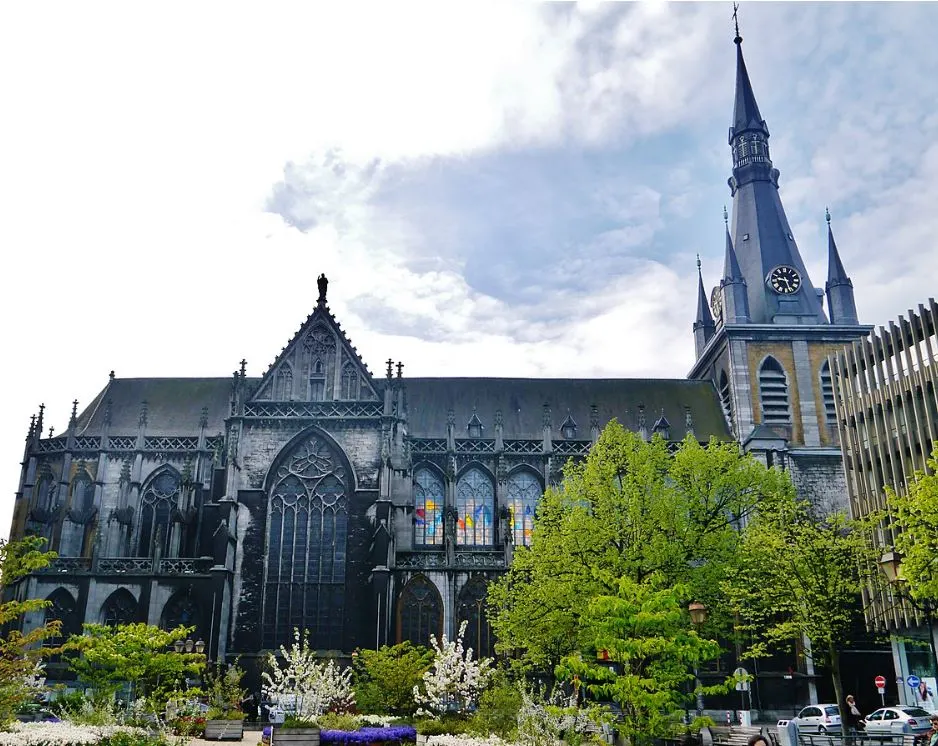
5. Tour Paradis
Tour Paradis is an amazing skyscraper that is located in the Guillemins district of Liège, not too far from the beautiful railway station. It was constructed between 2012 and 2014 and has dominated the city’s skyline ever since.
The tower, which is also known as the “Tour des Finances de Liège” or “Financial Tower of Liège,” stands 136 meters (449 feet) tall, a height that makes it by far the tallest structure in Wallonia. Only 5 buildings in Belgium are taller and all of them are located within the metropolitan area of Brussels.
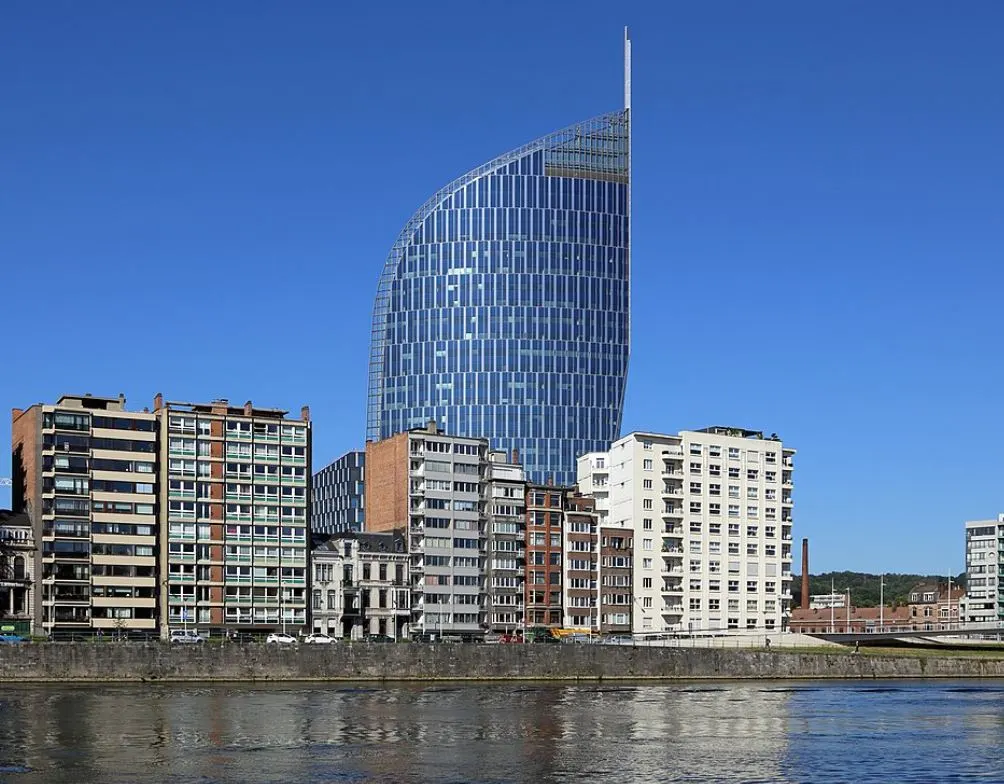
6. Royal Opera of Wallonia
The Royal Opera of Wallonia, or Opéra Royal de Wallonie as it’s locally known,” is the main opera house in Liège. Better yet, it’s the most notable opera house in Belgium together with the magnificent “La Monnaie” in Brussels and the “Vlaamse Opera” in Antwerp.
What’s remarkable about the opera house is that its construction was initiated by King William I of the Netherlands in 1816. The first stone was 2 years later in 1818 and the Neoclassical building was completed in 1820. The sculpture that stands in the square it faces depicts Liège composer André Grétry (1741-1813). His heart was placed inside the pedestal of this sculpture.
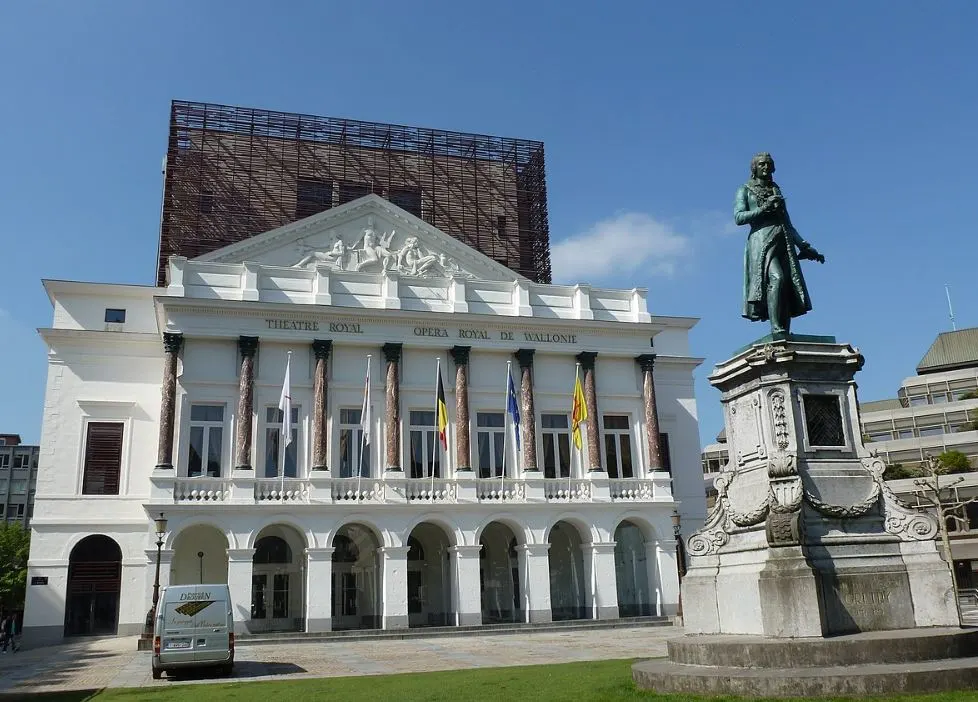
7. La Boverie
La Boverie is the most popular museum in the city of Liège which is housed in the former Palais des beaux-arts de Liège. This famous palace was constructed for Liège International in 1905 and is situated on the grounds of the Parc de la Boverie.
This park is located on a large river island near the confluence of the Meuse and Ourthe Rivers and is a great place to hang out in Liège. Although the collection of the museum is relatively small, it encompasses various art periods and features some amazing masterpieces.
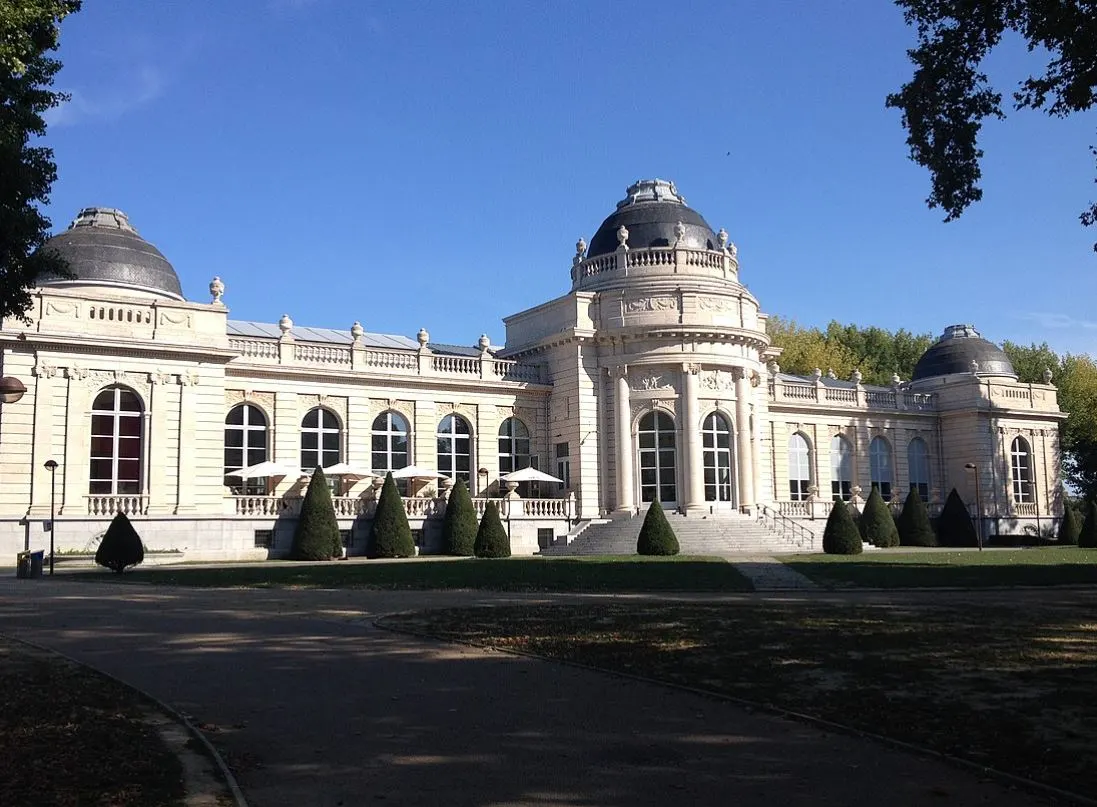
8. Collegiate Church of Saint Bartholomew
The Collegiate Church of Saint Bartholomew is one of the original seven collegiate churches of Liège and was constructed between the 11th and 12th centuries. It’s a striking building in Liège because it was constructed with coal sandstone as the main building material.
The building incorporates both the local Meuse Romanesque architectural style and Ottonian architecture which really is a fascinating combination. The massive westwork of the church with its 2 twin towers was completed in the 12th century but underwent a serious renovation that was completed in the year 1876.
The church is home to the Baptismal Font at St Bartholomew’s Church, one of the most remarkable examples of Mosan art in the world.
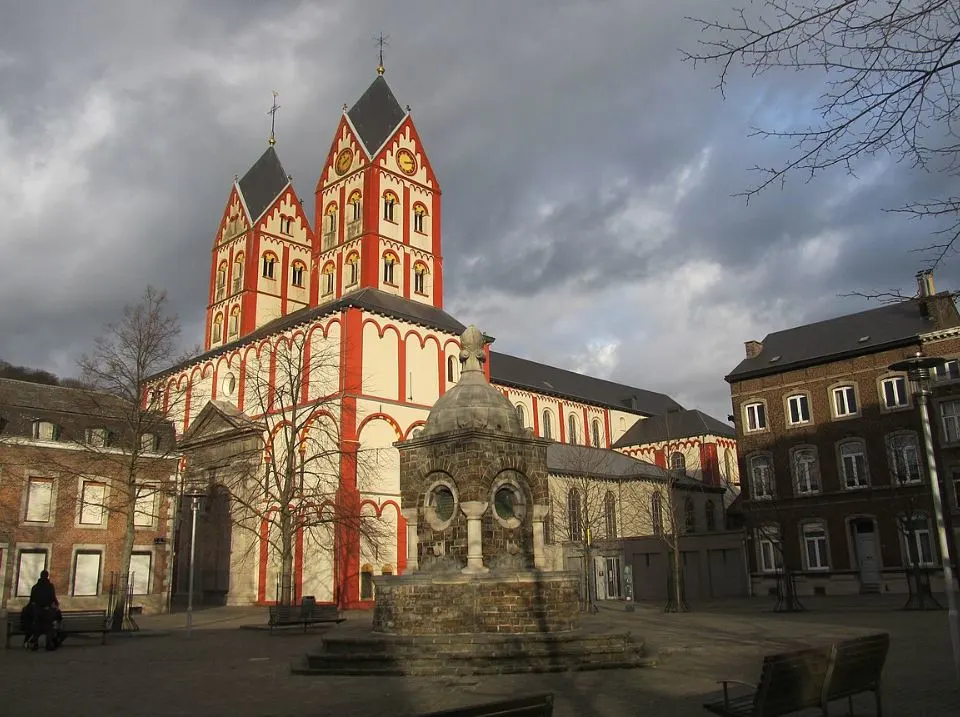
9. Curtius Museum
The Curtius Museum is a museum dedicated to archaeology and decorative arts that is housed in one of the most amazing buildings in Liège. Situated on the banks of the Meuse River, this structure was constructed between 1597 and 1610 as the private residence of Jean Curtius (1551-1628), a local industrialist.
He became wealthy by supplying munition to the Spanish army and his financial status is clearly reflected in this fascinating structure. Granted, the building didn’t exactly look the way it did before 50 million euros was spent on a renovation project that was completed in March 2009. Inside, you can find Romanesque artworks that define the type of Mosan art that was produced in this region.
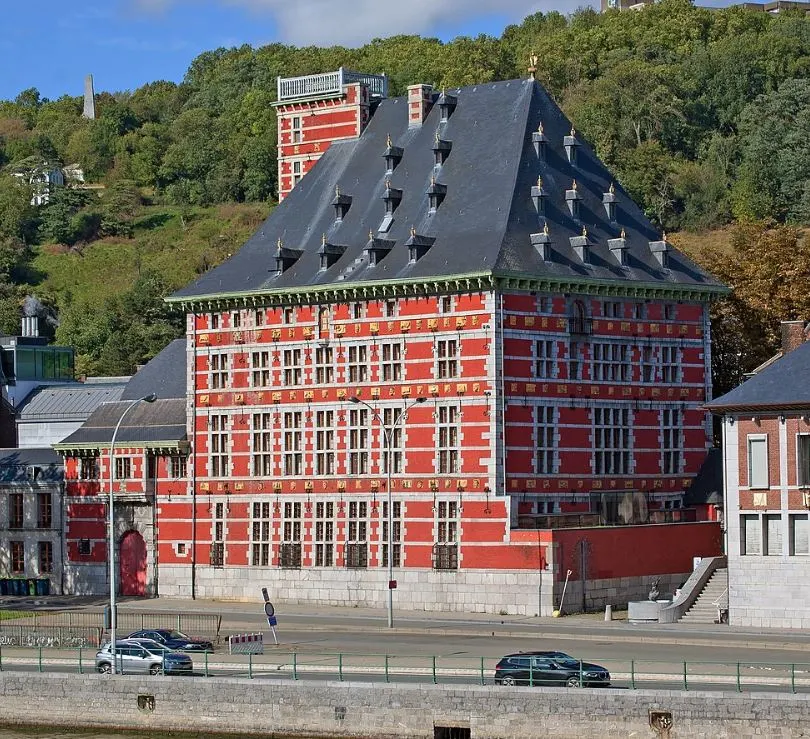
10. Church of Saint John the Evangelist
The Church of Saint John the Evangelist is a famous building in Liège because it was founded by Notker of Liège around 980. He was a Benedictine monk who became the first prince-bishop (980–1008) of the Bishopric of Liège and he was buried inside this church.
It doesn’t look quite as it did back in the Middle Ages because it was originally a Mosan Romanesque building that was octagonal in shape, similar to the Church of the Holy Sepulchre in Jerusalem. It was completely rebuilt in the 18th century between 1754 and 1784 in the Baroque style.
